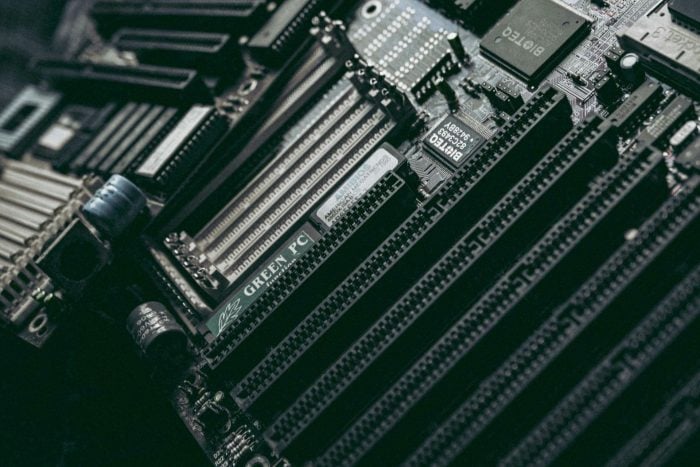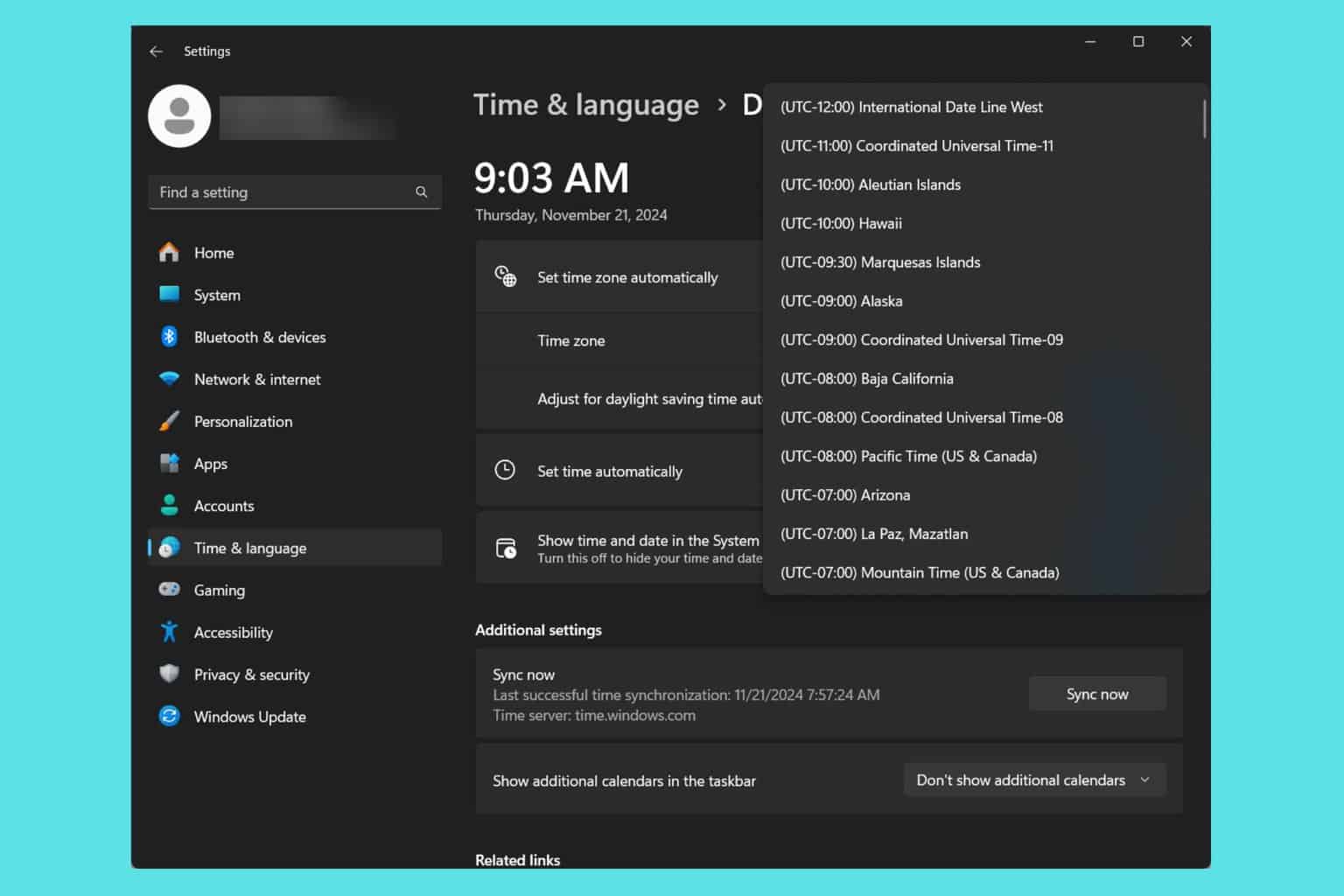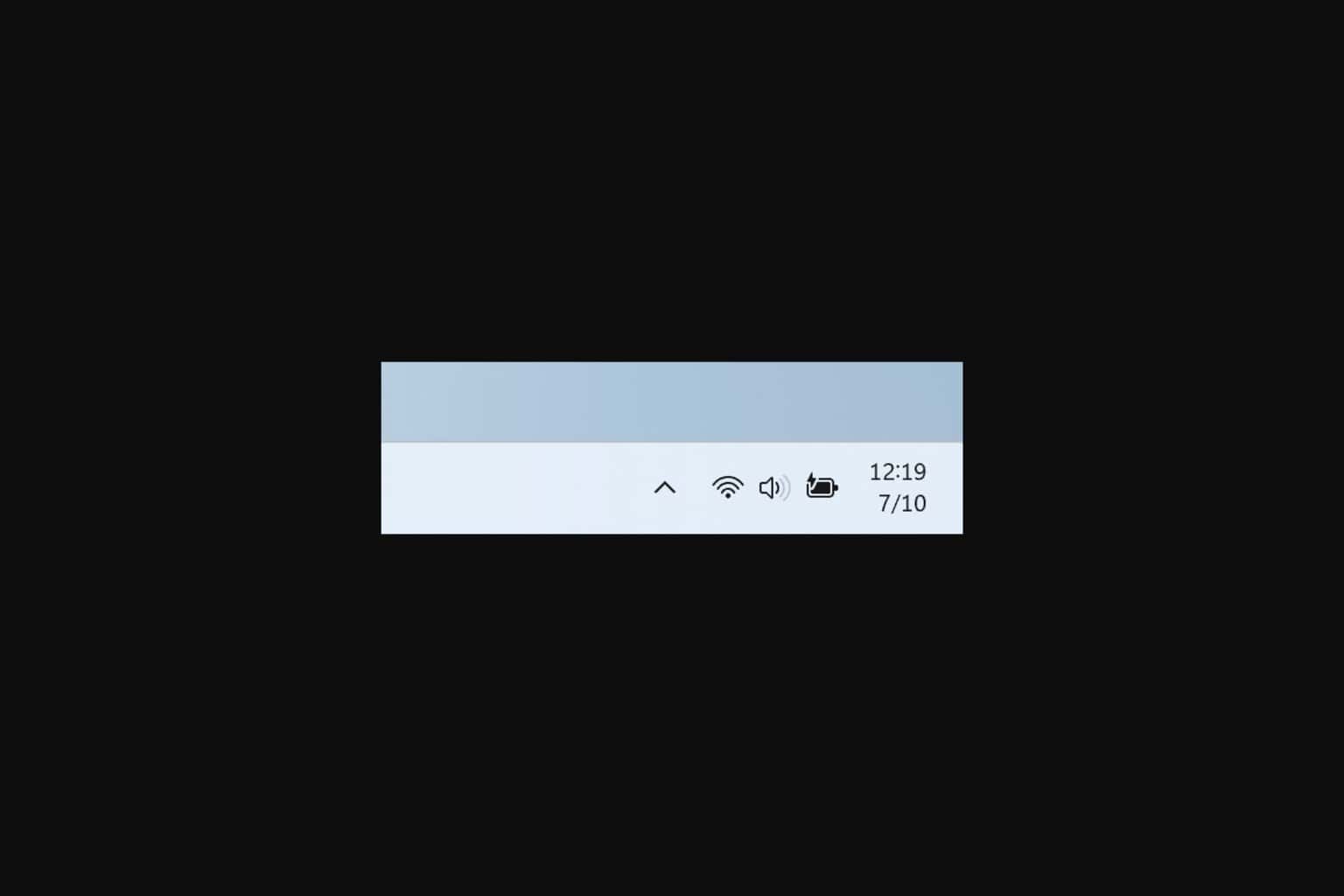Microsoft unveils new sub-bank technology for computer memory chipsets that addresses the limitations of the current ones
The new tech would make memory chipsets store more and perform better.
3 min. read
Published on
Read our disclosure page to find out how can you help Windows Report sustain the editorial team. Read more

Microsoft is a tech company that focuses mainly on software products, such as the Windows operating system and the Microsoft 365 suite and its adjacent services. The company is not known for dabbling with hardware technologies but does it sometimes.
For instance, the Redmond-based tech giant’s first in-house AI chips, Azure Maia 100 and Cobalt 100 are slated to arrive in 2024, but there are signs the company is thinking about developing more chips from now on.
The first of these signs is a recently published patent that sees Microsoft coming up with a new design for computer memory banks (aka chipsets, from CPU to RAM, and so on) that addresses the limitations of the current ones, while also improving the performance of these chipsets and allowing them to store more data.
The design envisioned by Microsoft uses so-called flying bit lines to improve computer memory chipsets’ performance and allow them to store more data. The flying bit lines are organized in sub-banks, which are themselves smaller parts of the memory chipsets.
Each sub-bank has its bit lines, which are used to read and write data. These bit lines are similar to tiny wires that connect the memory cells, where data is stored, to the rest of the computer.
Usually, manufacturers design them to be long: they fit the chipset, and they store more data, but their performance is impacted overall, meaning these chipsets will reach a performance limit at some point.
Here’s where Microsoft chimes in: the patent presents a design where instead of making the bit lines longer, each sub-bank has its own separate bit lines. These separate bit lines are called flying bit lines because they operate independently of the bit lines in the other sub-banks.
This means Microsoft can add more memory cells without slowing down the memory because the bit lines don’t have to be made longer. This, in turn, increases the amount of data that the memory can store and also makes it work faster.
The paper says this design can be implemented in various pieces of storage-oriented hardware such as RAM, flash memory, ROM, EPROM, EEPROM, HDD, or SDD.
The embodiments disclosed herein may be embodied in hardware and in instructions that are stored in hardware, and may reside, for example, in RAM, flash memory, ROM, EPROM, EEPROM, HDD, SDD, or any other form of computer-readable medium.
The new sub-bank technology for computer memory chipsets is a sign Microsoft wants to delve into the hardware territory as well, and with such innovative tech, the company would become a serious competitor to Intel or AMD, two manufacturers that build chipsets for Windows devices.
You can read the full paper here.









User forum
0 messages